Organic Chemicals Market Summary
As per Market Research Future analysis, the Organic Chemicals Market Size was estimated at 13.06 USD Billion in 2024. The Organic Chemicals industry is projected to grow from 13.91 USD Billion in 2025 to 26.2 USD Billion by 2035, exhibiting a compound annual growth rate (CAGR) of 6.53% during the forecast period 2025 - 2035
Key Market Trends & Highlights
The Organic Chemicals Market is poised for robust growth driven by sustainability and innovation.
- North America remains the largest market for organic chemicals, driven by strong industrial demand and regulatory frameworks.
- The Asia-Pacific region is emerging as the fastest-growing market, fueled by rapid industrialization and increasing consumer awareness.
- Natural organic chemicals dominate the market, while synthetic organic chemicals are experiencing the fastest growth due to technological advancements.
- Rising demand for eco-friendly products and regulatory support for green chemistry are key drivers propelling market expansion.
Market Size & Forecast
| 2024 Market Size | 13.06 (USD Billion) |
| 2035 Market Size | 26.2 (USD Billion) |
| CAGR (2025 - 2035) | 6.53% |
Major Players
BASF (DE), Dow (US), SABIC (SA), LyondellBasell (US), Eastman Chemical Company (US), Mitsubishi Chemical Corporation (JP), AkzoNobel (NL), Solvay (BE), Covestro (DE), Huntsman Corporation (US)
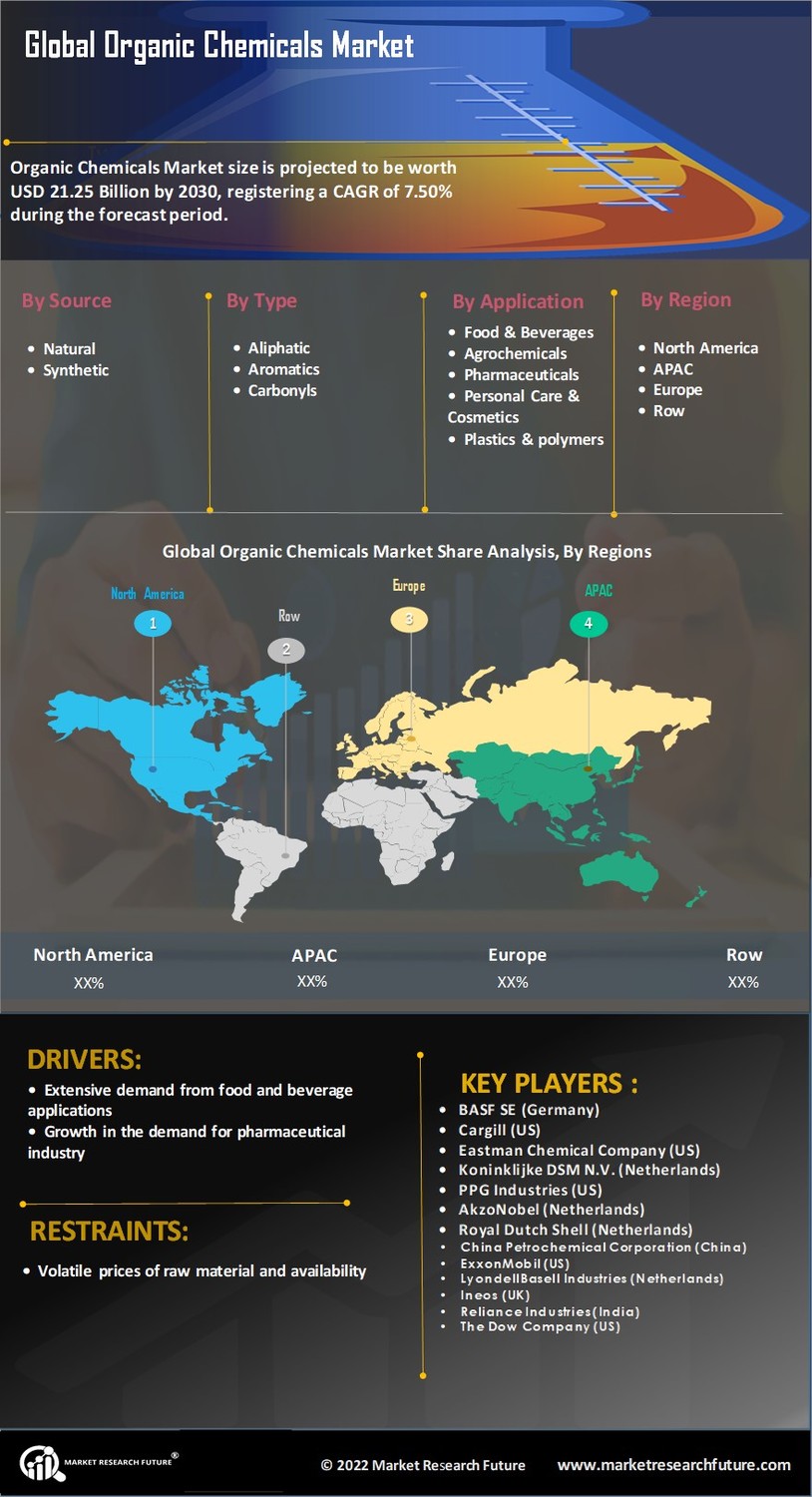

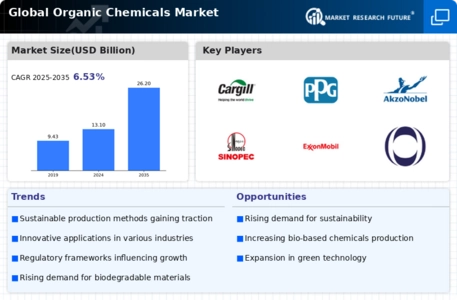
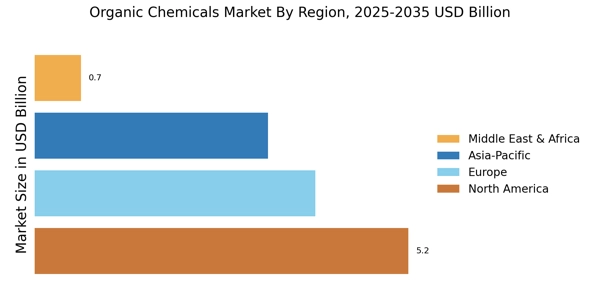
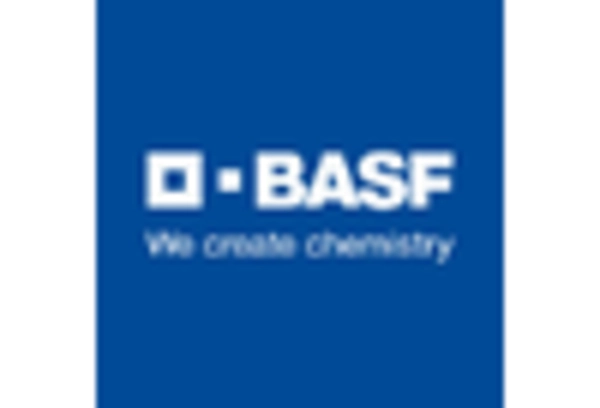
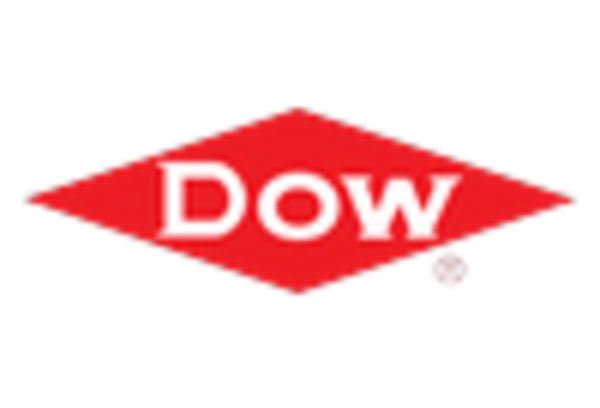


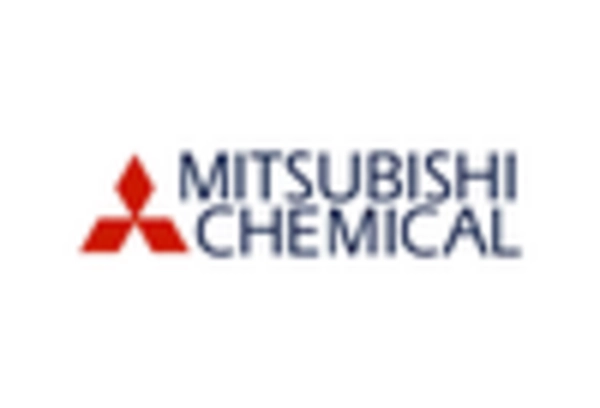









Leave a Comment